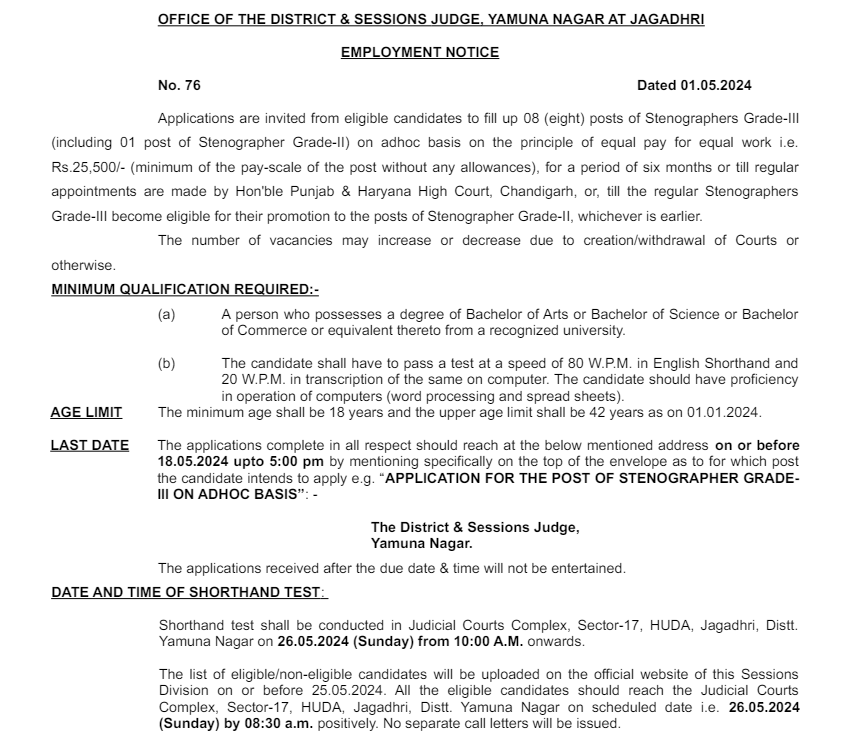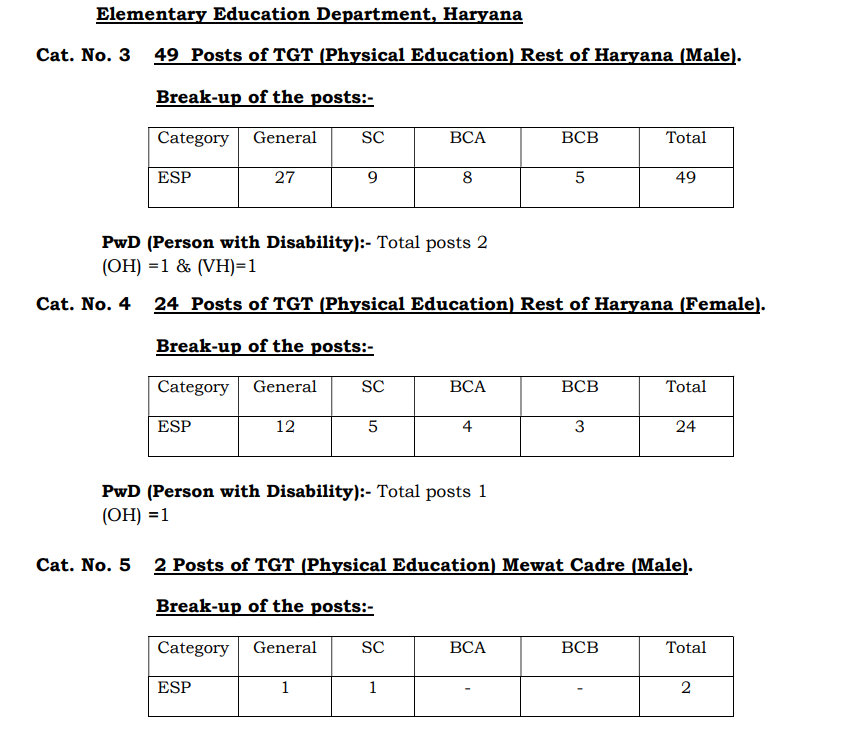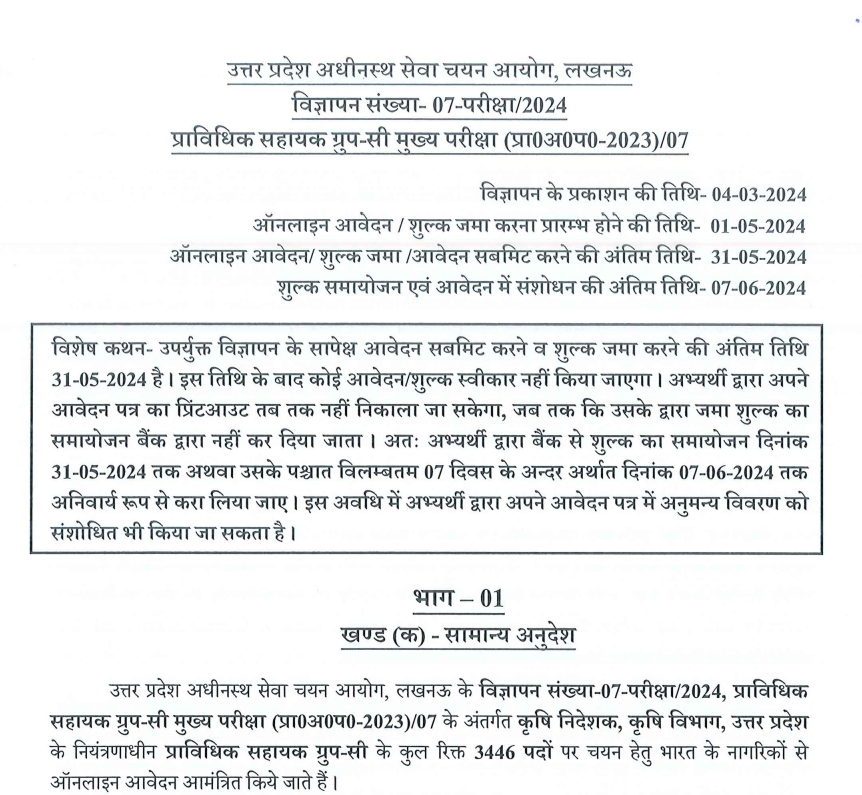Power Systems Transmissions Part 1

Category –EE Online Test
Telegram-Join Us On Telegram
Attempt Free Power Systems Transmissions Part 1 Here. Read The Important Electrical MCQ From Below.
1) What is the purpose of bedding on the underground cables?
a. To avoid leakage of current.
b. To protect the sheath against corrosion.
c. To protect the sheath from mechanical injury due to armouring.
d. Both (b) and (c)
ANSWER: Both (b) and (c)
2) Armouring is provided above the bedding. The armouring consists of one or two layers of which wire or tape?
a. Galvanised steel wire
b. Thin wires of copper
c. Wires of aluminium
d. Wire made of both copper and cadmium
ANSWER: Galvanised steel wire
Power Systems Transmissions Part 1
3) Why are the inter sheaths in cables used?
a. Provides proper stress distribution
b. Minimises the stress
c. Provides protection against moisture, current and voltage surges
d. To improve the insulation
ANSWER: Provides proper stress distribution
4) A layer similar to bedding is provided on the armouring to protect the whole cable from all atmospheric conditions. Which layer is this?
a. Insulation
b. A layer of jute
c. Serving
d. Sheath
ANSWER: Serving
Power Systems Transmissions Part 1
5) The thickness of insulation provided on the conductor in the cable depends on which among the following factor?
a. Operating voltage
b. Current to be carried
c. Power factor
d. Both (a) and (b)
ANSWER: Operating voltage
6) The insulation resistance of a cable of length 10 km is 1M Ω . For a length of 100 km of the same cable, what will be the insulation resistance?
a. 1 M Ω
b. 10 M Ω
c. 0.1 M Ω
d. 0.01 M Ω
ANSWER: 0.1 M Ω
7) What is the main drawback of using paper as the insulating material?
a. Is hygroscopic
b. Has poor dielectric strength
c. Has a very low insulation resistivity
d. Has high capacitance
ANSWER: Is hygroscopic
8) What is the limit of the conductor cross section when paper insulation is used?
a. 50 mm2
b. 250 mm2
c. 600 mm2
d. 1200 mm2
ANSWER: 600 mm2
Power Systems Transmissions Part 1
9) What is the dielectric strength of impregnated paper?
a. 30 kV/mm
b. 20 kV/mm
c. 15 kV/mm
d. 5 kV/mm
ANSWER: 30 kV/mm
10) What is empire tape?
a. Impregnated paper
b. Vulcanised rubber
c. Enamel insulation
d. Varnished cambric
ANSWER: Varnished cambric
11) What is the percentage of added materials like sulphur, zinc lead etc in vulcanised rubber?
a. 5 – 10 %
b. 3 – 5 %
c. 4 – 8 %
d. 10 – 12 %
ANSWER: 3 – 5 %
12) How many cores are used in a cable for the transmission of voltages upto 66 kV?
a. Single core
b. Two core
c. Three core
d. All of the above
ANSWER: Three core
Power Systems Transmissions Part 1
13) Why is the single core cables not provided with armouring?
a. Avoids excessive loss in the armour
b. Make the cable more flexible
c. Make the cable non hygroscopic
d. None of the above
ANSWER: Avoids excessive loss in the armour
14) Which among the following cables are generally suited for the voltages upto 11 kV?
a. Belted cables
b. Screened cables
c. Pressure cables
d. None of these
ANSWER: Belted cables
15) Which material is suitable for the manufacture of armour in a single core cable?
a. Magnetic material
b. Non magnetic and non conducting material
c. Non magnetic and conducting material
d. Magnetic and non conducting material
ANSWER: Non magnetic and conducting material
16) Why the belted type cable constructions are not suitable for voltages exceeding 22 kV?
a. Development of both radial and tangential stress
b. Formation of vacuous spaces and voids on loading and unloading owing to non homogeneity of dielectric in belted construction
c. Local heating caused by power loss at the centre filling
d. All of the above
ANSWER: All of the above
Power Systems Transmissions Part 1
17) The cable best suited for the transmission of voltages from 33 kV to 66 kV is_______________.
a. Belted cables
b. Screened cables
c. Pressure cables
d. None of these
ANSWER: Screened cables
18) What is / are the advantages of using H-type cables?
a. The metallic screens assist in complete impregnation of the cable with the compound
b. The metallic screens increase the heat dissipating power of the cable
c. The lead sheaths in H type are thicker then S.L type cables
d. All of these
ANSWER: All of these
19) What is the advantage(s) of screened type over the belted cables?
a. Reduced possibility of core to core faults
b. Increased current carrying capacity
c. No possibility of formation of voids within the dielectric
d. All of the above
ANSWER: All of the above
Power Systems Transmissions Part 1
20) What is the gas pressure of SF6 for a compressed gas insulated cable?
a. 10 – 20 mm Hg
b. 80 – 100 mm Hg
c. 3 – 5 kg / cm2
d. 40 – 50 kg / cm2
ANSWER: 3 – 5 kg / cm2
21) Why are the ternary lead cables used near the railway tracks?
a. Because they have high tensile strength
b. Have a low coefficient of thermal expansion
c. Have low specific gravity
d. Can withstand shocks and vibrations
ANSWER: Have low specific gravity
22) Why solid type of conductors is not preferred for the voltages exceeding 66 kV?
a. A danger of breakdown of insulation
b. Skin effect dominates the conductor
c. There is corona loss between conductor and sheath material
d. Insulation melts due to overheating
ANSWER: A danger of breakdown of insulation
23) A single core cable has a conductor diameter of 1 cm and the insulation thickness of 0.4 cm. If the specific resistance of insulation is 5.5 * 1014 Ω -cm, what will be the insulation resistance for a length of 3 km?
a. 0.234 * 109 Ω
b. 0.257 * 109 Ω
c. 0.352 * 109 Ω
d. 0.211 * 109 Ω
ANSWER: 0.352 * 109 Ω
Power Systems Transmissions Part 1
24) A single core cable 5 km long has an insulation resistance of 0.35 M Ω. The core diameter is 20 mm and the diameter of the cable over the insulation is 50mm. What will be the resistivity of the insulating material?
a. 13 * 109 Ω m
b. 12 * 109 Ω m
c. 13.5 * 109 Ω m
d. 12.85 * 109 Ω m
ANSWER: 12 * 109 Ω m
25) On which factor does the capacitance of the cable depend?
a. Length of cable
b. Relative permittivity of dielectric used in cable
c. Ratio of sheath diameter and core diameter
d. All of the above
ANSWER: All of the above
26) The charging current drawn by the cable _____________.
a. Lags behind the voltage by 90°
b. Leads the voltage by 90°
c. Are in phase with each other
d. Leads the voltage by 60°
ANSWER: Leads the voltage by 90°
27) A single core cable has a conductor diameter of 1 cm and the internal sheath diameter of 1.8 cm. If impregnated paper of relative permittivity 4 is used as the insulation, calculate the capacitance for 1 km length of cable?
a. 0.378 μ F
b. 0.257 μ F
c. 0.549 μ F
d. 0.78 μ F
ANSWER: 0.378 μ F
Power Systems Transmissions Part 1
28) What is the total charging current per phase for a 33 kV, 50 Hz, 3 phase underground cable of 4 km length using 3 single core cables? Each conductor has a diameter of 2.5 cm and the radial thickness of insulation is 0.5 cm.
a. 15.28 A
b. 11.87 A
c. 13.85 A
d. 8.25 A
ANSWER: 11.87 A
29) What is the maximum stress in the insulation for a 33 kV single core cable with a diameter of 1 cm and a sheath of inside diameter 4 cm?
a. 50.61 kV / cm rms
b. 45.231 kV / cm rms
c. 47.61 kV / cm rms
d. 49.231 kV /cm rms
ANSWER: 47.61 kV / cm rms
30) What will be the insulation thickness for a conductor of diameter 2 cm, with maximum and minimum stress 40 kV / cm rms and 10 kV / cm rms respectively?
a. 5 cm
b. 3 cm
c. 2 cm
d. 4 cm
ANSWER: 3 cm
31) What will be the most economical value of diameter of a single core cable to be used on 50 kV, single phase system, when the maximum permissible stress is not exceeding 50 kV / cm?
a. 2.52 cm
b. 2.828 cm
c. 3.52 cm
d. 3.82 cm
ANSWER: 2.828 cm
Power Systems Transmissions Part 1
32) To get a minimum value of stress (gmax) what should be the ratio of core diameter to sheath diameter?
a. 1 / 2.718
b. 2.178
c. 1 / 3.78
d. 3.78
ANSWER: 1 / 2.718
33) What does capacitance grading of cables mean?
a. Use of dielectrics in different concentrations
b. Introduction of capacitance at various lengths of cable to counter the effect of inductance
c. Use of dielectrics of different permittivities
d. Grading according to capacitance per km length of the cable
ANSWER: Use of dielectrics of different permittivities
34) In a 3 core cable, the capacitance between two conductors is 3 μF. What will be the capacitance per phase?
a. 1.5 μ F
b. 3 μ F
c. 6 μ F
d. 12 μ F
ANSWER: 6 μ F
35) For the fig shown, what will be the capacitance between A and B
a. CC + (CS / 2)
b. Cs + (Cc / 2)
c. (CS + 3 Cc) / 2
d. 3CC + 2CS
ANSWER: (CS + 3 Cc) / 2
Power Systems Transmissions Part 1
36) What is the source of heat generation in cables?
a. Copper loss in conductor
b. Dielectric losses in cable insulation
c. Losses in metallic sheathings and armouring
d. All of these
ANSWER: All of these
37) The capacitances of a 3 phase belted cable are 12.6 μ F between the three cores bunched together and the lead sheath and 7.4 μ F between one core and the other two connected to sheath. What will be the charging current drawn by the cable when connected to a 66 kV supply?
a. 100 A
b. 99.3648 A
c. 105.236 A
d. 107.74 A
ANSWER: 107.74 A
38) What is the safe working temperature for a conductor in case of armoured cables?
a. 50° C
b. 75° C
c. 65° C
d. 40° C
ANSWER: 65° C
Power Systems Transmissions Part 1














